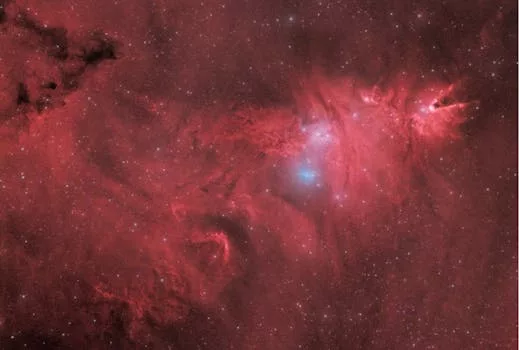
“
Beyond the Milky Way: Imagining New Worlds and Possibilities
Introduction to the Vastness of Space
Beyond the Milky Way: Imagining New Worlds and Possibilities is a journey through the vast expanse of space, exploring the latest discoveries and theories in astronomy and cosmology. The Milky Way, our home galaxy, is just one of billions of galaxies in the observable universe, each containing billions of stars and potentially habitable planets. As we continue to explore and understand the universe, we are faced with new and exciting possibilities for the existence of life beyond our planet.
Understanding the Universe
The universe is estimated to be around 13.8 billion years old, with the first stars and galaxies forming around 13.6 billion years ago. Since then, the universe has undergone rapid expansion, with galaxies moving away from each other at incredible speeds. The universe is made up of around 70% dark energy, 25% dark matter, and 5% ordinary matter, with the remaining 0.5% consisting of radiation and other forms of energy.
The Milky Way is a barred spiral galaxy, consisting of hundreds of billions of stars, gas, and dust. It is estimated to be around 100,000 light-years in diameter and is thought to contain between 200-400 billion stars. The Milky Way is also home to a supermassive black hole, located at its center, with a mass of around 4 million times that of our sun.
Exploring the Possibilities of New Worlds
As we look beyond the Milky Way, we are faced with the possibility of new worlds and civilizations. With the discovery of exoplanets, which are planets that orbit stars other than our sun, we have uncovered a new frontier in the search for life beyond our planet. Exoplanets can be similar in size and composition to Earth, and some even orbit within the habitable zones of their respective stars, where conditions are suitable for life as we know it. This exploration is akin to charting new realms in our understanding of the cosmos.
The search for extraterrestrial life is an ongoing and fascinating field of research, with scientists using a variety of methods to detect signs of life, such as the presence of oxygen, methane, or other biomarkers in the atmospheres of exoplanets. While we have yet to find definitive evidence of extraterrestrial life, the possibility of its existence is an intriguing and thought-provoking concept that challenges our understanding of the universe and our place within it.
Imagining the Future of Space Exploration
As we continue to explore the universe, we are faced with new and exciting possibilities for the future of space travel and exploration. With the development of new technologies, such as advanced propulsion systems and life support systems, we may one day be able to travel to other galaxies and encounter new forms of life. The possibility of establishing human settlements on other planets or moons is also a topic of ongoing research and debate, with scientists and engineers working to overcome the challenges of long-term space travel and habitation. This vision aligns with the themes discussed in soaring through the cosmos.
Takeaways
- The universe is vast and complex, with billions of galaxies and potentially habitable planets.
- The search for extraterrestrial life is an ongoing and fascinating field of research, with scientists using a variety of methods to detect signs of life.
- The possibility of establishing human settlements on other planets or moons is a topic of ongoing research and debate.
- The future of space exploration is exciting and uncertain, with new technologies and discoveries waiting to be made.
See more:
https://www.nasa.gov/
https://www.esa.int/
https://www.space.com/



